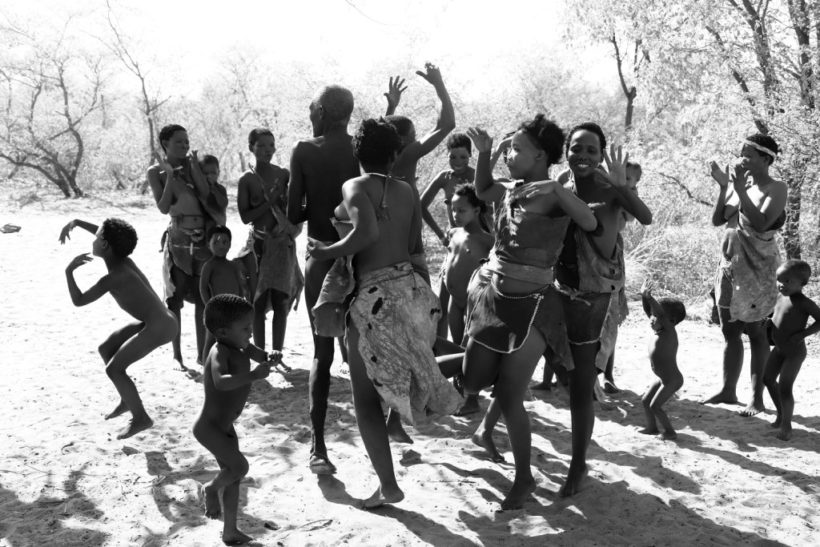Korean photographer Shin Misik had literally brought the San people of the Kalahari Desert to the gallery. Some large-size framed photographs of the astonishing ancient African native people and their habitat. The landscape images depicted vividly on them, artistically captured, will just give you goosebumps. The photography exhibition was open to the public from 7 -17 May 2022 at the Promise gallery in Seoul.
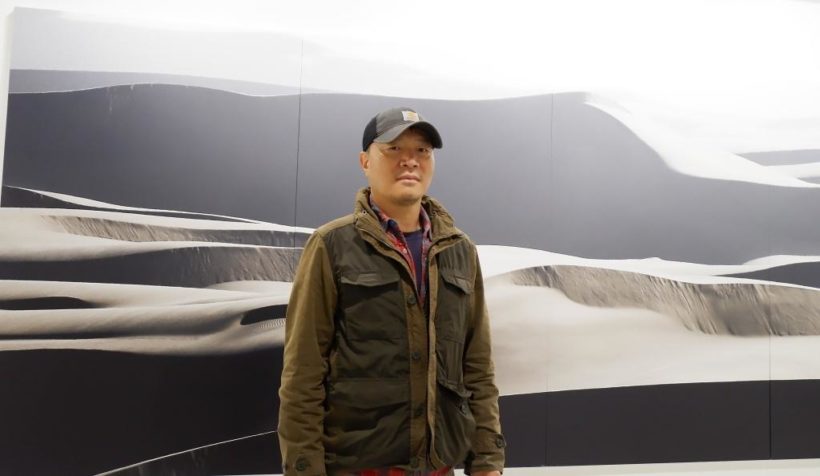
Shin Misik is a photographer and philanthropist, who built public libraries in Madagascar and Ethiopia. His profile reads that he is a documentary photographer, who works on the basis of Africa. In the wake of his first trip to Africa 14 years ago, he has traveled to Africa nearly 90 times so far. For almost half a year, he meets strangers in a strange place, living the life he dreamed of. He is a person who dreams of being special to people who live ordinary lives through writing and photography. He first bought a camera at the age of 30 and made his debut as a writer at the age of 42. During the next 20 years, he worked as a freelance photographer, did serialized writing and photography in various media, published 37 books, and held 20 individual exhibitions.
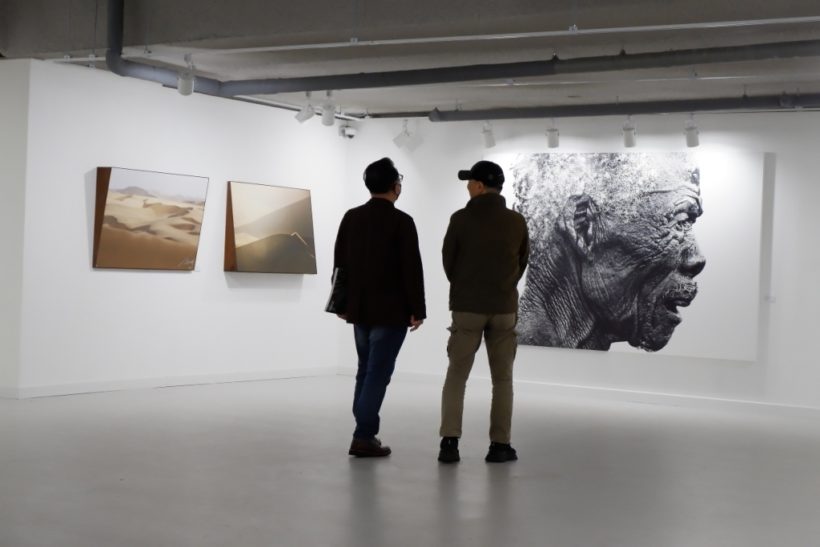
To me, visiting a couple of Shin’s exhibitions and having his 38th book was a blessing (The San People: Namibia Kalahari Desert, 2021). I always feel enchanted meeting him in person and amazingly he has so many stories to tell me about our country Ethiopia and Africa. Literally speaking, he had solo exhibitions in every continent of the world.
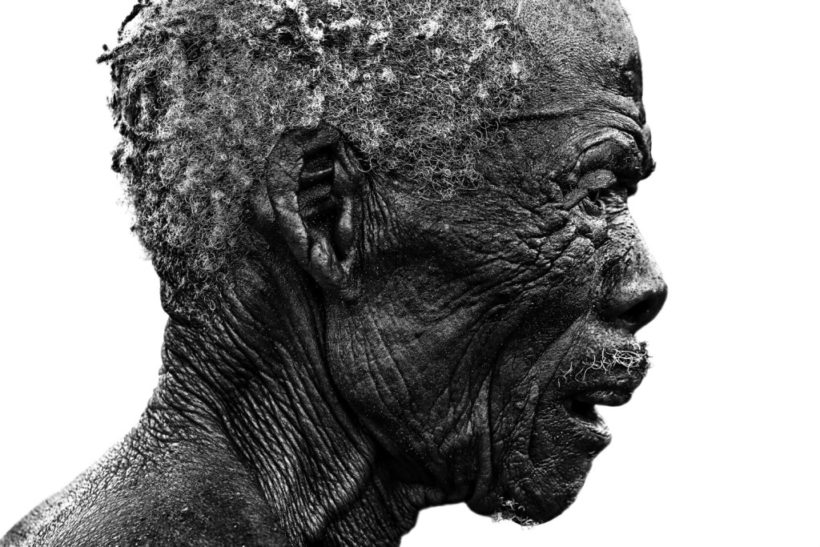
On the artist’s note, Shin tells about the inspiration, where it came from, and why he was having his latest photo exhibition. He says: It was in November 1983 when the Bushman came into my heart through the movie Bushman (Original title: The Gods Must Be Crazy). Since then, the thought of the Bushmen has always been strangely present in me. I decided to tell a story about them one day. I don’t know why they have been in my mind for so many years like destiny.
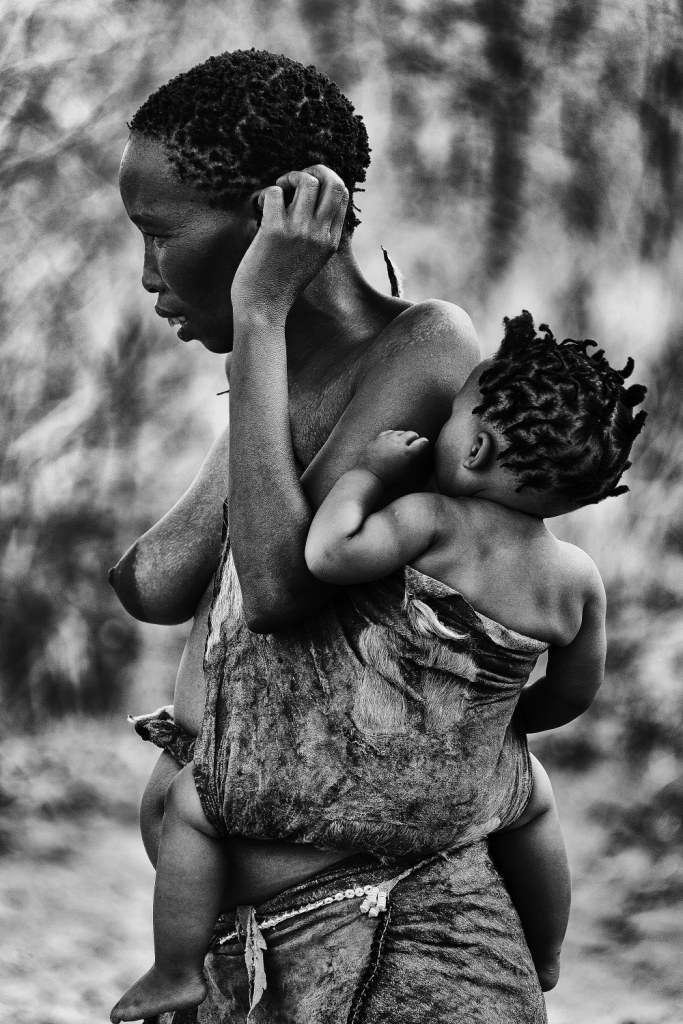
I met the Bushmen by chance in South Africa in May 2008. It was the first time I met the Bushmen who had been entrenched in my heart for a long time, and I learned about them and the situation they were in. Eleven years after I first met the Bushmen, I set off to find the Bushmen in Namibia. The sight of a Bushman I met in the barren desert was shocking. People who did not seem to exist in the real world, their unique appearance, the language I have never heard of, and the dance that seemed to contain their soul unfolding right in front of my eyes. Watching them dance nonstop for hours on end, I had to ask the endless questions, “where I am right now?’” I felt deep sympathy for them as they tried to show everything in front of me, as if they had been watching for me a long time. Why did sadness seep into me in the first place even while watching the exciting songs and dances? I knew that every gesture and every footstep they made contained the story of their lives.
I tell the world the story of the oldest tribe in Africa, the free hunter, says the photographer. Bushmen who have lived by hunting for survival, their traditional way of life, which has been passed down a very long time ago, has been completely shaken, and they are locked in the frame of a protected area, wearing clothes that do not fit them at all. It is unacceptable that humans control humans. It should not be done to drive out the people who originally owned the land, drive them into a fence and control them, subsidizing them with a few pennies as if showing mercy.
The San people ( Bushmen) are the oldest inhabitants of southern Africa and have lived for at least 20,000 years there, currently living in Botswana, Namibia, South Africa, Angola and Zimbabwe.
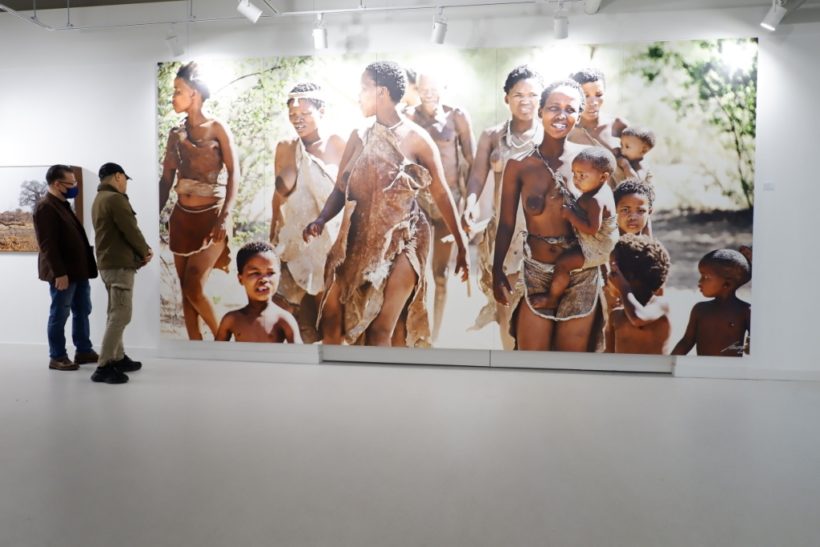
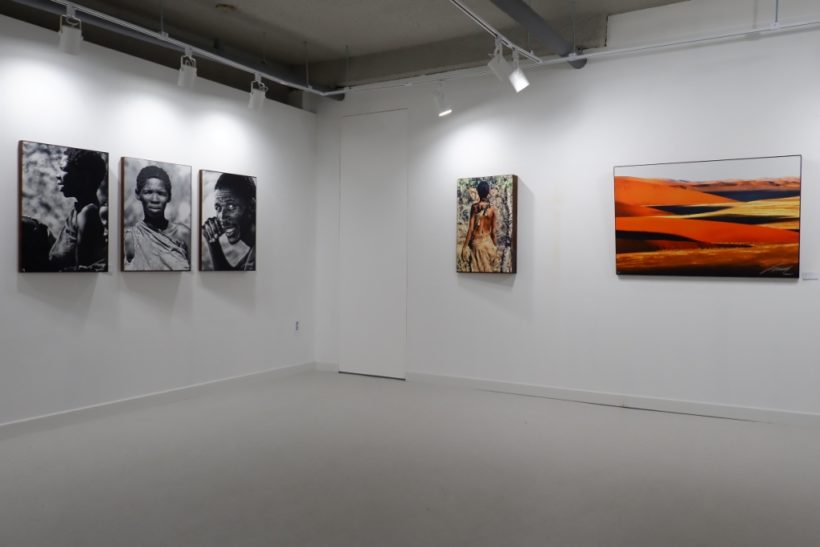
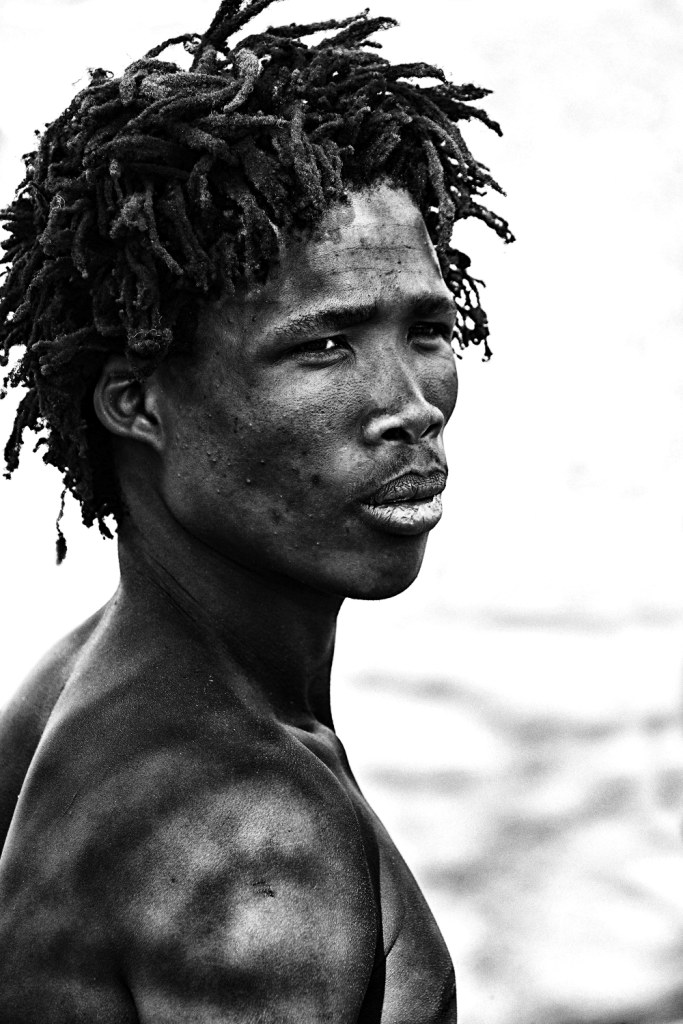
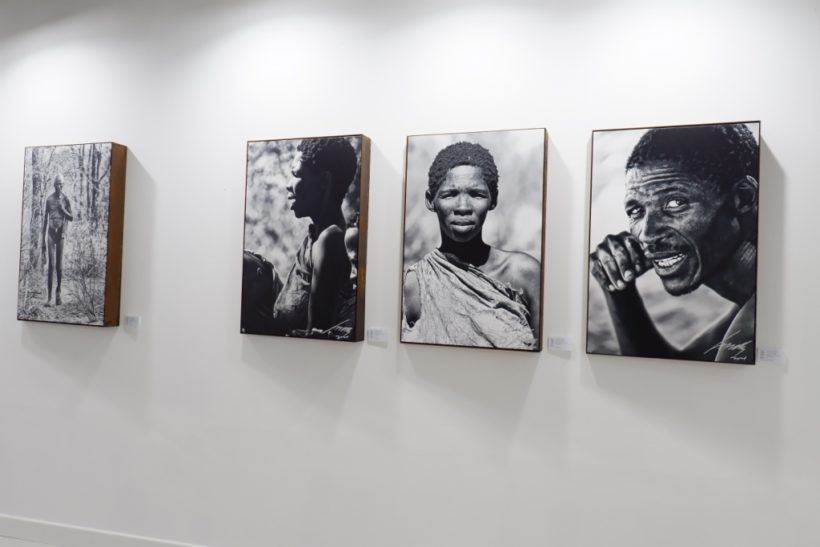
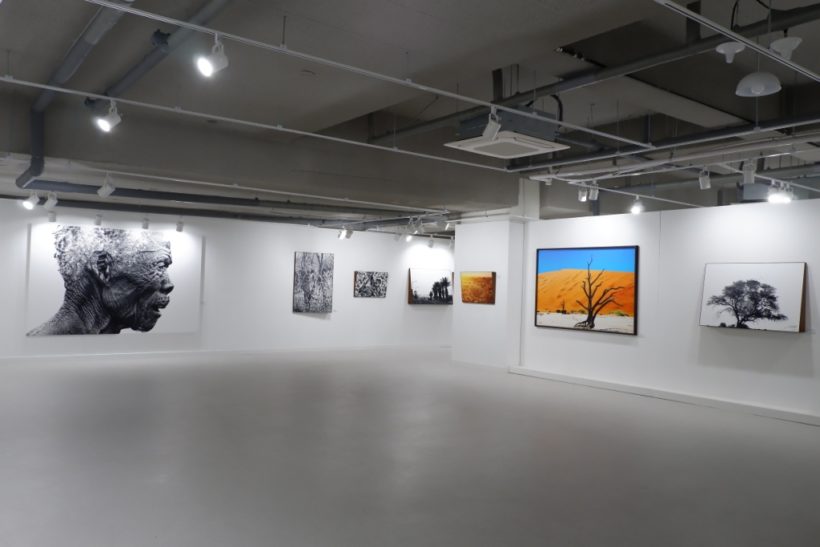
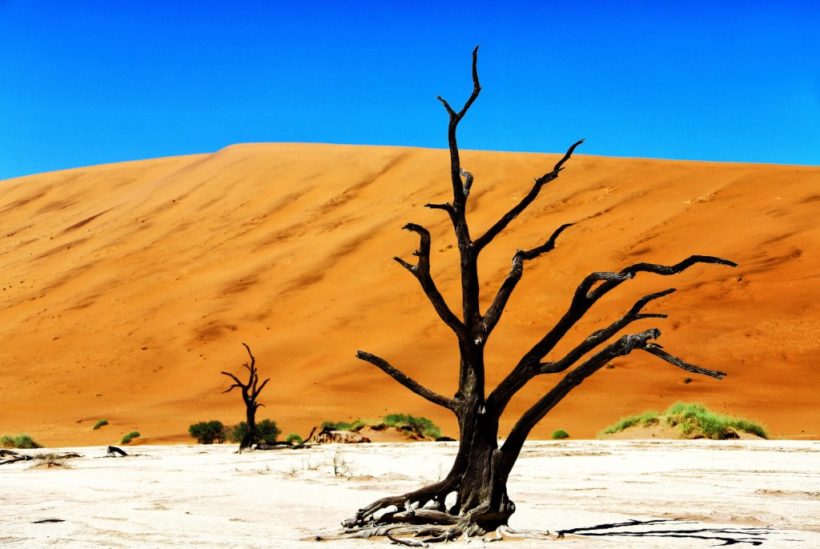
Photo credits: Shin Misik and Bereket Alemayehu


